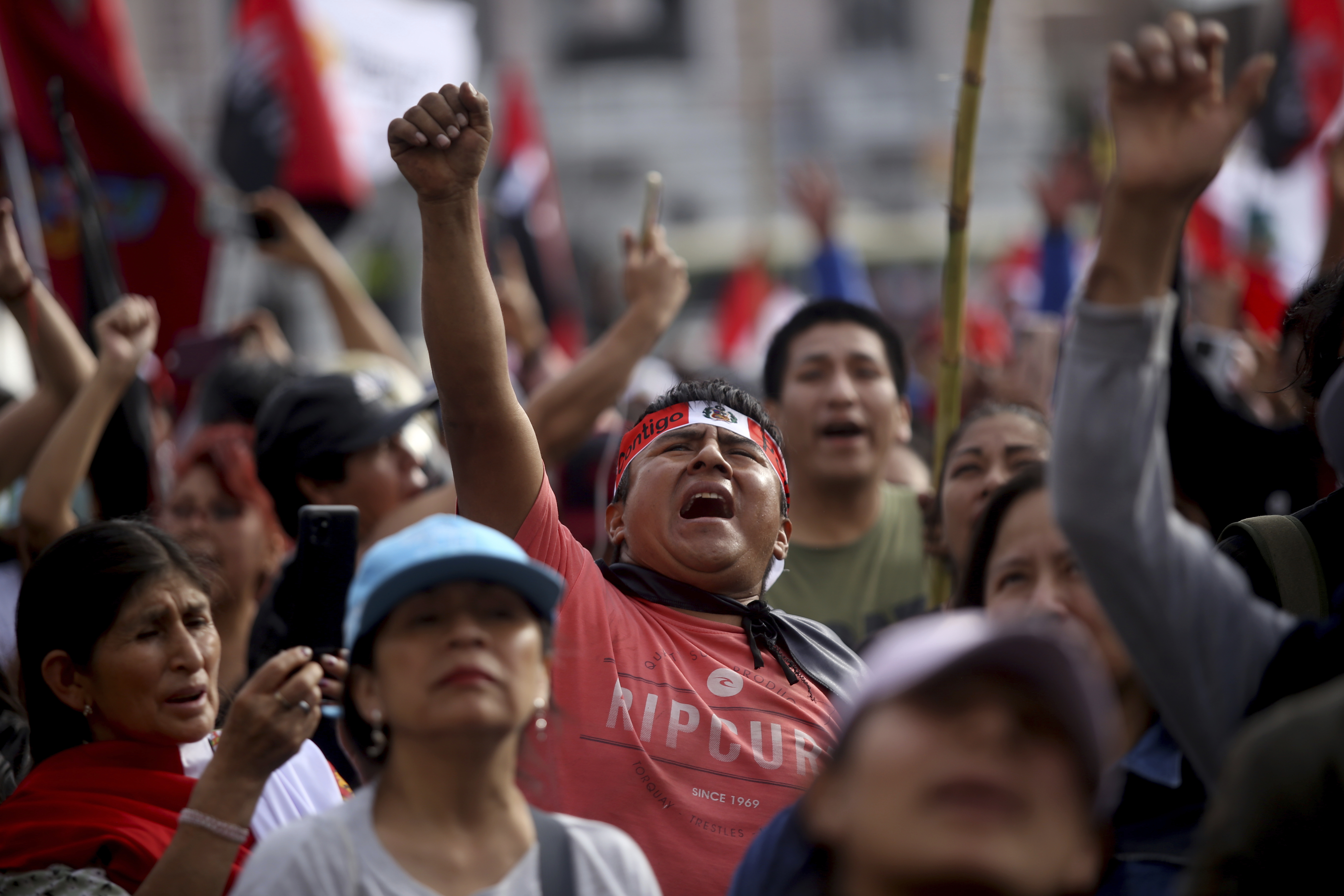NAFTA and the Pacific Alliance
NAFTA and the Pacific Alliance
Mexico should serve as a bridge for the two economic blocs to forge an agenda for cooperation, COA’s Eric Farnsworth writes for PODER.
The Pacific Alliance is a new initiative among four Latin American nations with the potential to reinvigorate the regional trade agenda in an exciting way. Having grown weary of waiting for meaningful hemispheric trade expansion in the wake of the collapse of the Free Trade Area of the Americas (FTAA) a decade ago, Chile, Colombia, Mexico, and Peru agreed to link their economies more closely through trade, finance, and labor market integration. Others, including Costa Rica, are on deck to join.
The initiative has also attracted the attention of non-Latin American nations including Canada, Japan, and Spain, among others. During his trip to Colombia in May, Vice President Joe Biden asked for observer status for the United States.
The alliance currently represents some 215 million people and includes approximately 40 percent of regional GDP. It includes the most dynamic economies in Latin America whose leaders and people view the world in broadly similar terms: Trade integration with each other and with Asia is a potent tool to build national competitiveness in the global economy. The circle of participating nations is certain to grow.
Although the initiative has only existed since 2012, progress has already been made and momentum is building. In Cali, Colombia on May 23, the four charter members agreed to eliminate 90 percent of their reciprocal tariffs with the goal of removing the remaining 10 percent in the medium term. They also agreed to labor mobility and continued work toward financial markets integration, going far beyond existing negotiation templates to incorporate factors not normally included in trade agreements.
Arguably, these “four amigos” of hemispheric trade have been able to move as quickly as they have for two reasons: They are actively looking to make, rather than stall, progress, and the negotiations do not include either the United States or Brazil. Though in the main the U.S. is a free trade advocate, dealing with it complicates any negotiation, given the complexity of the issues and the politics surrounding them in Washington. At the same time, Brazil has pursued a more corporatist, centrally-planned trade model, both in hemispheric and WTO forums, an approach the four amigos have rejected.
Thus the creation of the Pacific Alliance, which is emerging as an important center of gravity on trade. The grouping has come from within the region itself, with a pragmatic agenda of economic integration the focus. As China slows and the global commodities sector softens, savvy Latin America nations understand that their future prosperity depends less on the sale of primary products and more on innovation, structural reforms, and productivity gains. By linking their economies more closely with other like-minded nations based on affinity rather than geography, the nations of the Pacific Alliance can move quickly to build economies of scale, more efficient supply chains, and national competitiveness.
This provides a strategic opportunity for the U.S. if we are nimble enough to seize it. With the 20 year anniversary of the North American Free Trade Agreement next year, the leaders of NAFTA and the Pacific Alliance should consider meeting to forge a pragmatic economic agenda for cooperation. This offers an important opportunity to kick-start a common agenda with willing partners that has languished since the FTAA. Mexico would be a logical location for such a meeting, given Mexico’s position as a member of both trade groups and an emerging voice on global affairs.
Such a grouping would be a powerful signal that willing partners in the hemisphere will not allow themselves to be held back by the lowest common denominator of rejectionist nations like Ecuador or Venezuela. At the same time, since this is not a U.S.-inspired initiative but one that has developed organically, it would serve as a potent example of the true partnership that is often proclaimed but seldom achieved.
Finally, building out a NAFTA-Pacific Alliance economic relationship would improve the collective regional approach toward the Asia-Pacific region, which currently includes precisely the same Western Hemisphere nations within APEC and the Trans Pacific Partnership negotiations except Colombia. It would also offer a means to improve market efficiencies and update NAFTA without the need to re-open or re-negotiate its provisions.
The Pacific Alliance works, and its proponents are proving to be the new leaders on hemispheric trade. The initiative is timely, and it is remaking the regional economic map. Washington, take note.








